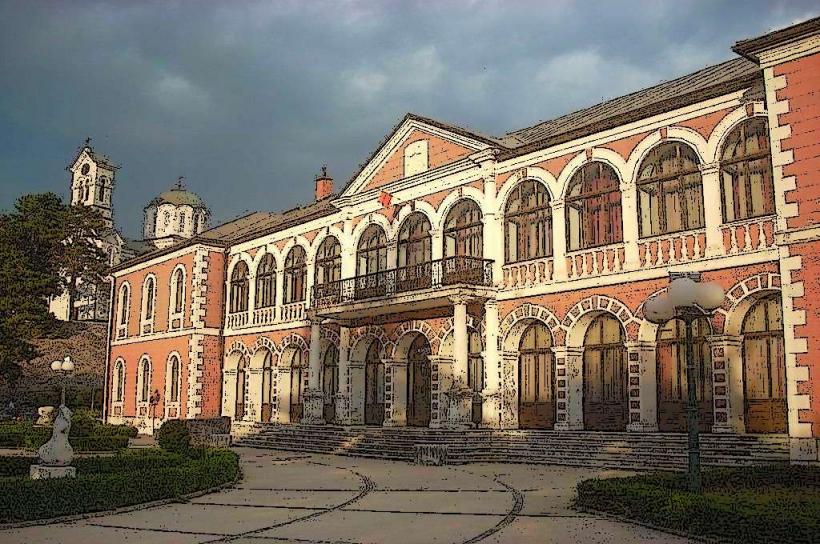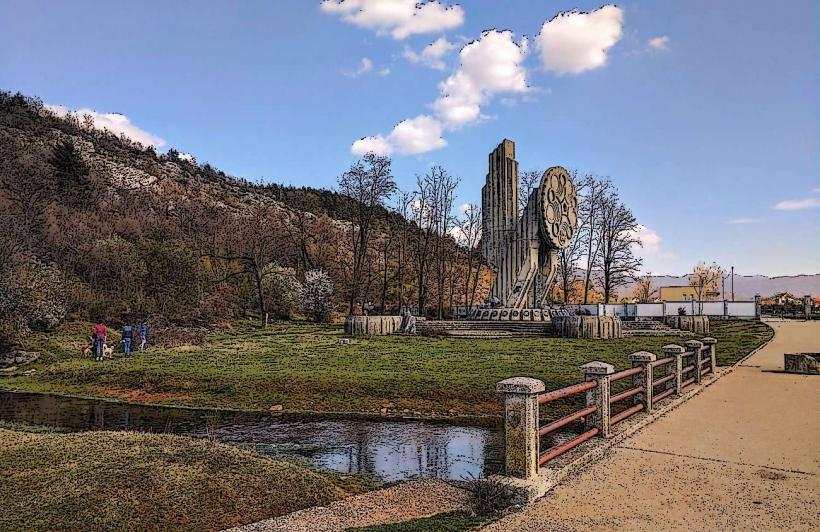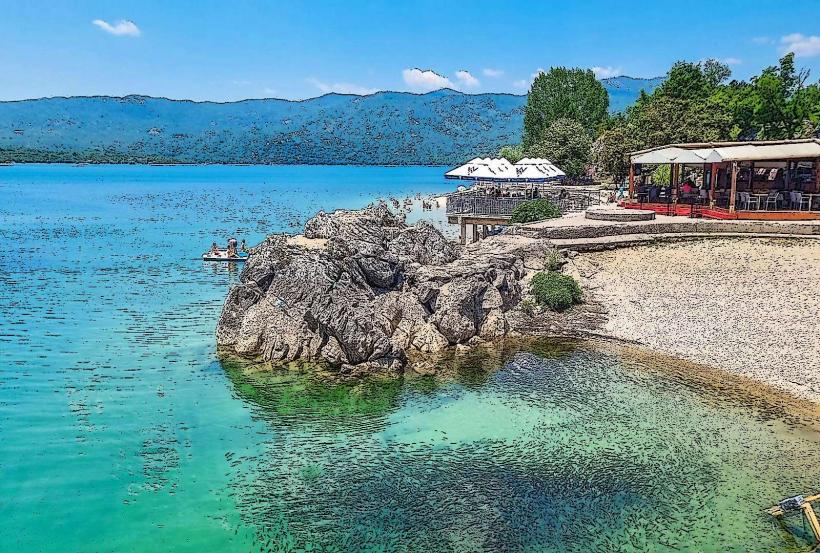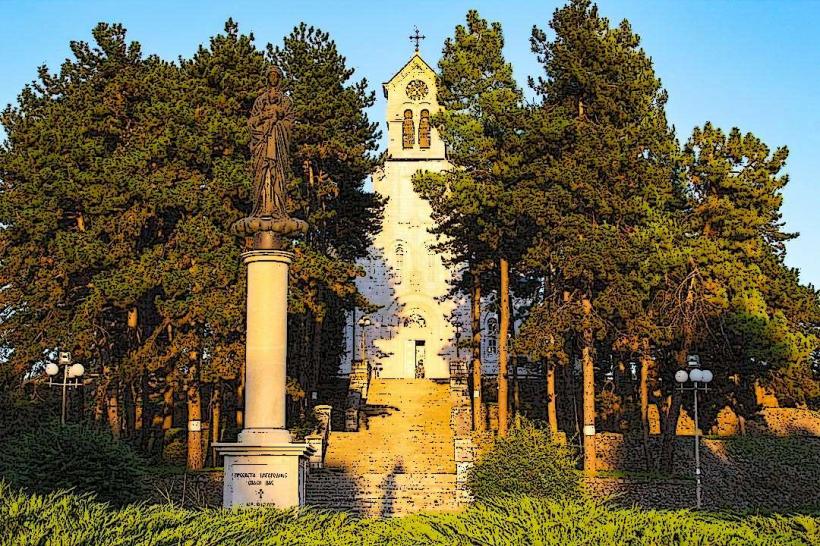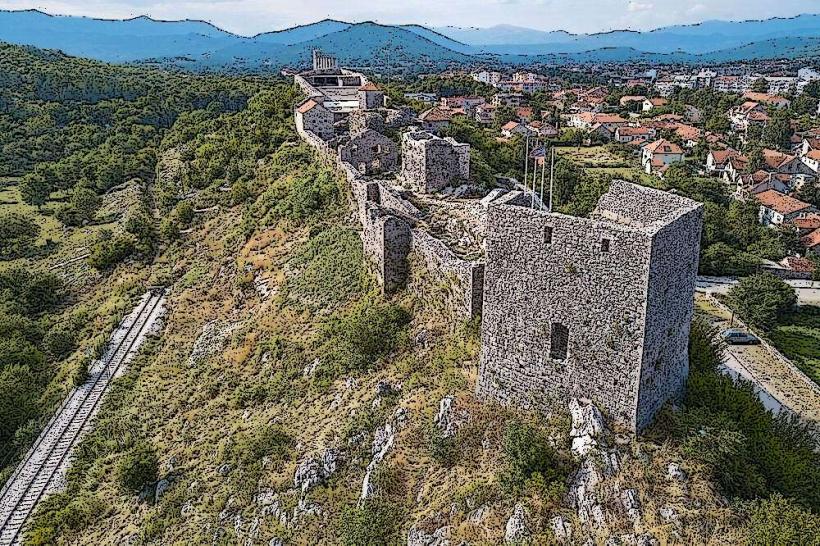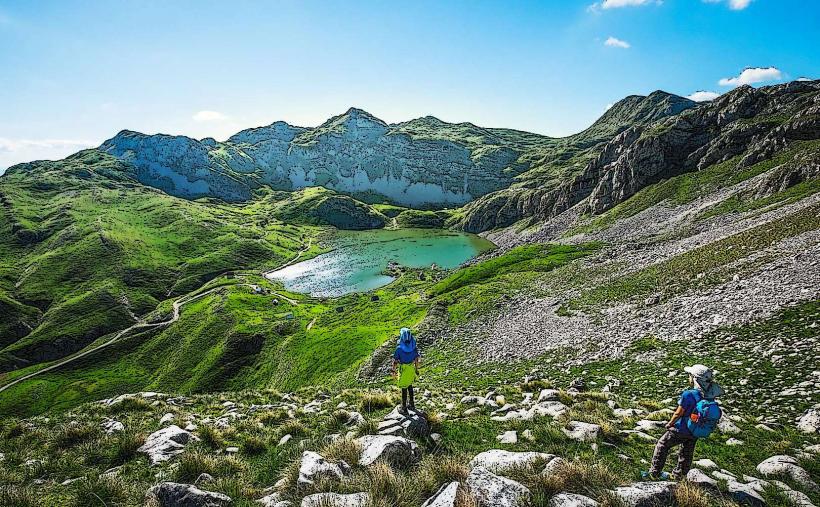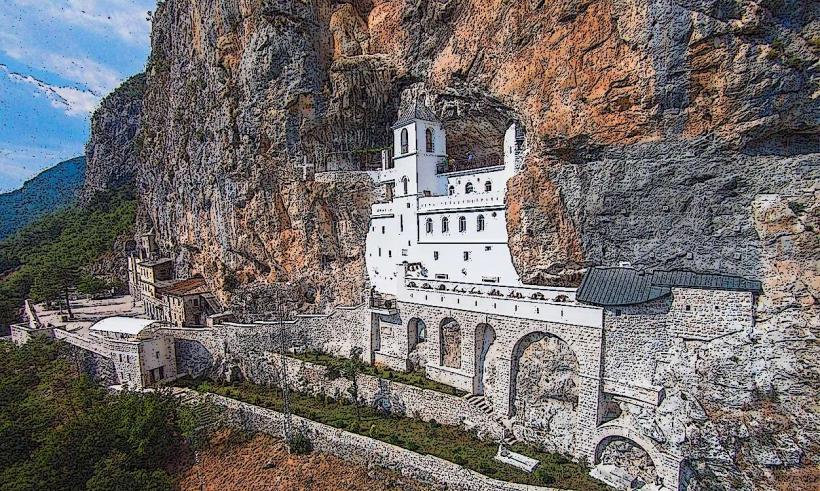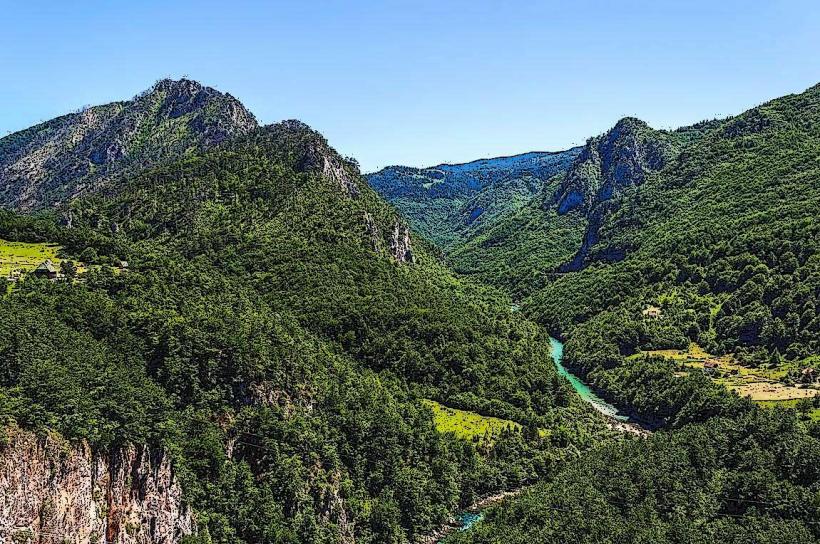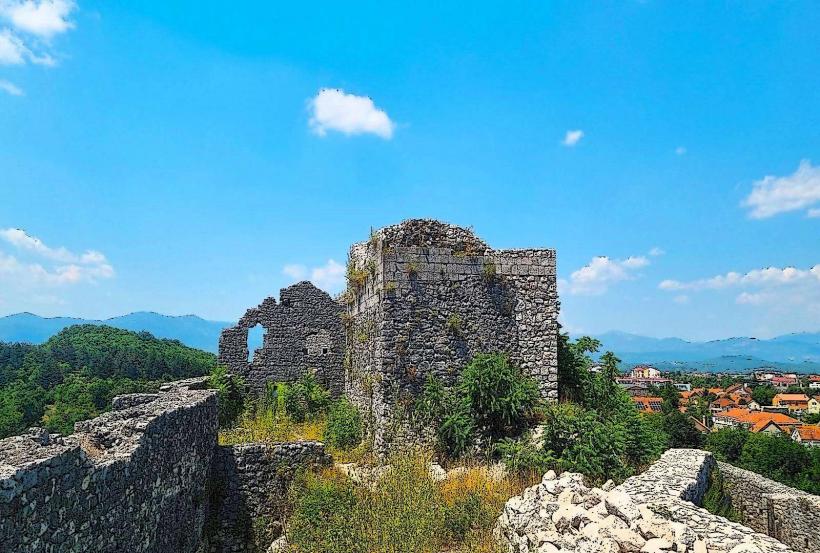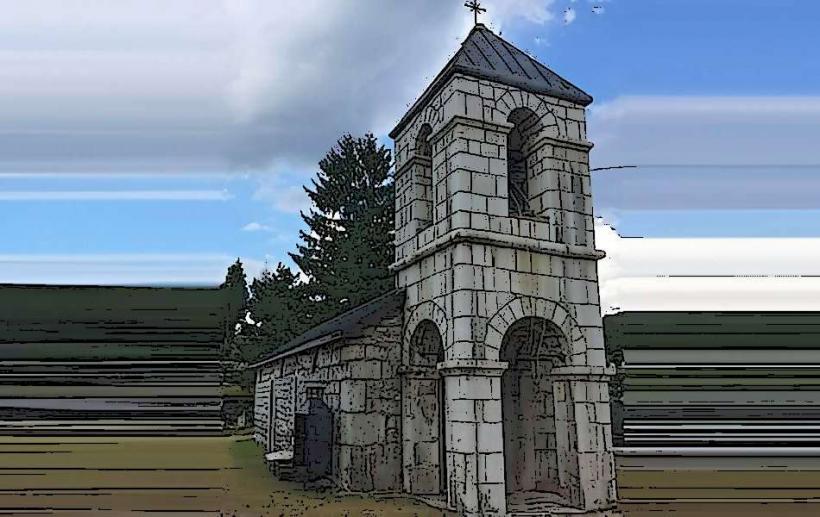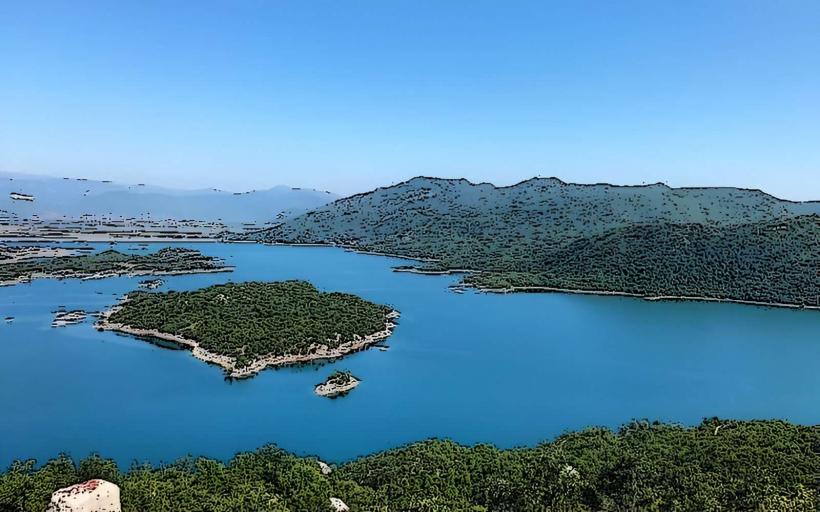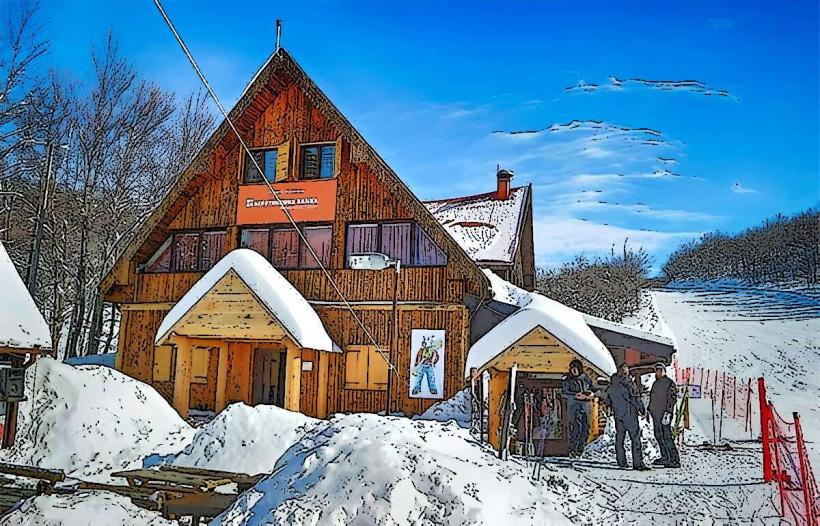Information
Landmark: Emperor's BridgeCity: Niksic
Country: Montenegro
Continent: Europe
Emperor's Bridge (Cara Most) is a historic Ottoman-era stone bridge located near the town of Mojkovac in northern Montenegro. This bridge is one of the most significant historical landmarks in the region and holds great cultural and architectural value. The Emperor's Bridge spans the Tara River, one of Montenegro’s most famous rivers, and is an important symbol of the region’s Ottoman heritage.
Historical Background
- Construction: The bridge was built in the 16th century during the reign of the Ottoman Empire, which controlled much of the Balkans during this time. It is believed to have been commissioned by the Ottoman sultan at the time, though the specific sultan's identity is not always agreed upon in historical sources. The name "Emperor's Bridge" (or Cara Most) likely refers to its association with the Ottoman sultans, as "cara" translates to "emperor" in Turkish.
- Strategic Importance: The bridge was part of the Ottoman transportation and trade network, connecting different regions of the empire and providing a crucial crossing over the Tara River. It facilitated movement and trade, linking the inland regions with the coastal areas. The bridge's location along key trade routes made it an essential part of the infrastructure during the Ottoman period.
Architectural Features
- Design and Structure: Emperor's Bridge is an arch bridge constructed from stone. The bridge features a single large central arch, with smaller arches on each side. The arch design is typical of Ottoman bridge construction, providing both aesthetic appeal and functional stability. The bridge is built using local stone, which blends harmoniously with the surrounding landscape.
- Dimensions: The bridge is approximately 20 meters in length and spans across the Tara River with an arch that rises to about 12 meters above the water. Its construction reflects the high skill of Ottoman engineers in creating durable and functional bridges in difficult terrain.
Cultural and Symbolic Significance
- Ottoman Legacy: The Emperor's Bridge is a remarkable example of Ottoman engineering and architecture in Montenegro. It stands as a symbol of the Ottoman influence on the region, not only in terms of architecture but also in the cultural and economic impact the empire had during its rule.
- Historical Importance: The bridge has witnessed centuries of history, from the Ottoman Empire’s dominance to the changes in the region during and after the Balkan Wars and World War I. It is a testament to the longevity of Ottoman-era infrastructure and its adaptability to the challenges posed by the natural environment.
- Local Folklore: Over time, the Emperor's Bridge has also become a part of local folklore. Some local legends and stories are associated with the bridge, with tales of travelers, traders, and warriors crossing it during different periods in history.
Current Status and Tourism
- Preservation: Despite its age, the Emperor's Bridge remains in relatively good condition and continues to stand as an important cultural and historical monument. However, like many structures from this period, it faces challenges from natural wear and the passage of time.
- Tourism: The bridge is a popular destination for visitors to the Tara River Canyon, a UNESCO-listed natural site known for its stunning landscapes. The bridge’s location in a scenic part of northern Montenegro, surrounded by mountains and forests, makes it a picturesque spot for photography and sightseeing.
- Visiting the Bridge: Today, the Emperor’s Bridge is an accessible landmark for tourists visiting the area. The bridge offers a peaceful and scenic stop for those exploring the natural beauty of the region, including the Tara River and its canyon, one of Europe’s deepest canyons. The surrounding area also offers opportunities for hiking, rafting, and nature walks, making it a perfect destination for eco-tourism.
Conclusion
The Emperor’s Bridge (Cara Most) is a significant historical and architectural landmark in Montenegro, symbolizing the country’s Ottoman heritage. Its striking stone arches, historical importance, and scenic setting near the Tara River make it a unique and valuable part of Montenegro’s cultural landscape. Today, the bridge serves as a reminder of the region's rich history, as well as an attraction for those exploring the beauty of northern Montenegro.

